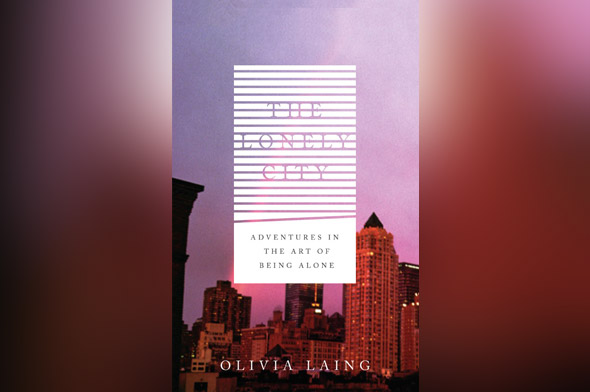Related Writers
Literature organisations
Discover more
Connections

Beyond the page
Tablo’s Take on the Future of Publishing
The Tablo team on making radical changes to the publishing model

News
Crossing Borders
Bold new work from exciting writers

Translation
Spotlight on: STADTSPRACHEN
The languages of Berlin

Commissions
Squint
by Alexandra Harris



